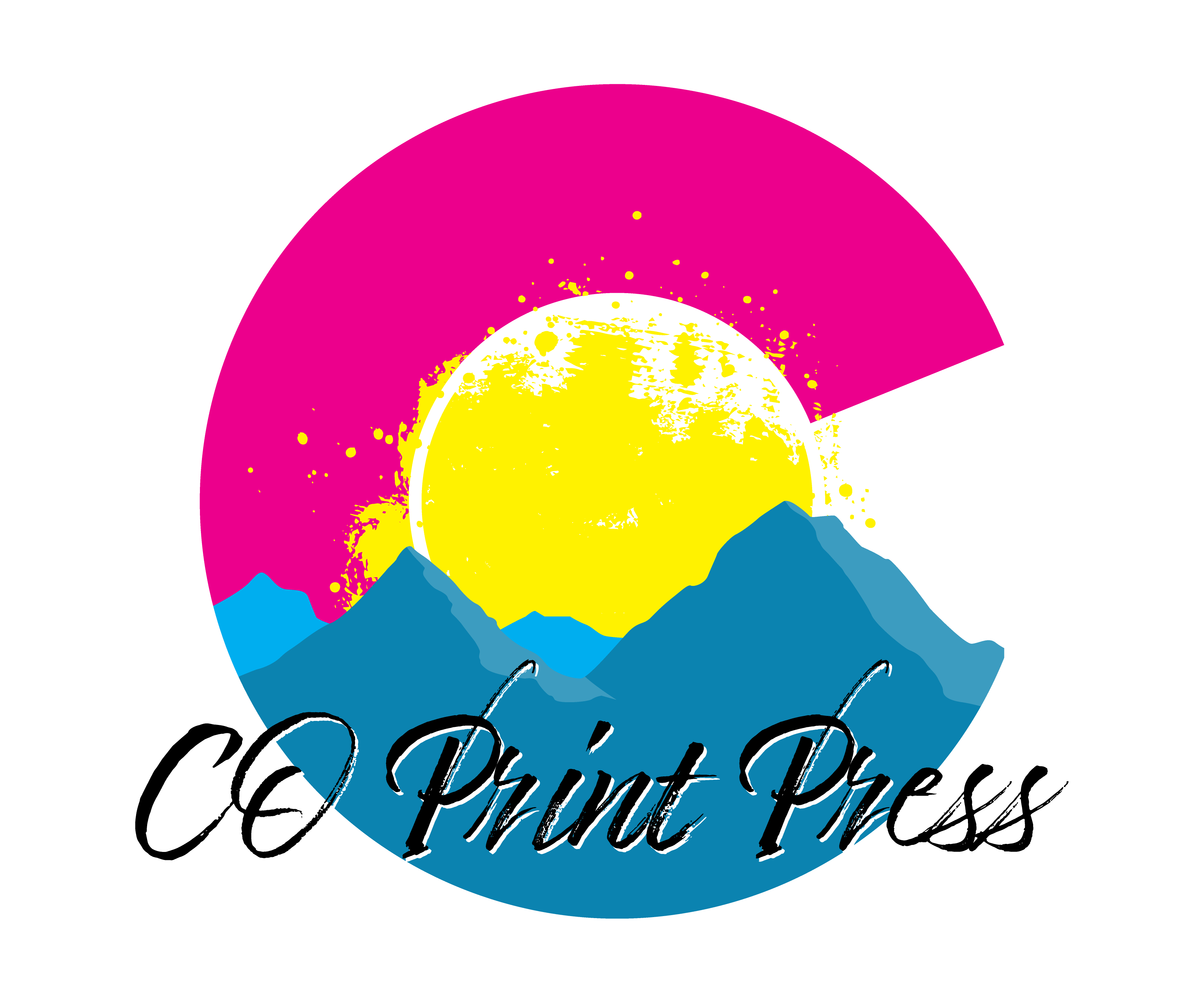A technique for making fine art prints and for commercial applications
Screen printing for garments
Screen-printing is basically to forcing ink onto a surface through a prepared screen of exceptional material so as to create a picture or pattern.
Did you know that screen printing is one of the elder print methods?
The Chinese were the first to use this technique, almost 2000 years ago. The old way involved the use of human hair stretched across a wooden frame to form the screen. To that, they attached a stencil made from leaves attached onto different shapes.
Later on, the Japanese adopted that rudimentary screen-printing process and used woven silk to create the mesh and lacquers to make stencils. The use of silk is where this method got its alternative name: Silk screening or silk screen printing.
It was not until 1907 that Samuel Simon Matthew Atere-Roberts patented the process in England. Many years later, John Pilsworth of San Francisco developed the Selectasine method, which introduced the concept of multi-color printing using the same screen. Different areas on the screen were blocked out for various color inks, thus resulting in a multi-colored image. This technique gained tremendous popularity for printing signs and posters in large quantities.
Nowadays, screen printing is accomplished by making a mesh stencil – the screen – for each color that needs to be printed. Screens must be registered and printed on test sheets to ensure that all of the colors line up correctly. Inks are then pushed through the screens one color at a time onto the apparel. Finally, each piece is run through a large dryer to cure the inks.
Screen Printer
From using hair to silk to polymer meshes, screen printing has come a long way today. The basic technique remains the same but with significant innovations like the introduction of electronics and computers.
Advantages over other print methods
You can apply screen printing to any surface that can be stretched and printed. A significant characteristic of screen printing is that a greater thickness of the ink can be the substrate than is possible with other printing techniques. This fact allows for some very impressive effects that are not possible using other
printing methods. Because of the simplicity of the application process, a wider range of inks and dyes are available for use in screen printing than for use in any other printing process.
Applications of screen printing
Screen printing, also called serigraphy or silk screening, is the preferred way to print a logo, text, or artwork repeatedly on fabric. The reason is that the press can print on substrates of any shape, thickness and size. So, it can be used to print onto glass, paper, paperboard, plastics, metals and many kinds of fabrics. Some traditional products from the screen printing industry include decals, CD covers, flyers labels, signs, posters and all types of textiles (beautiful cotton fabrics, nylon, silk, and polyesters) and electronic circuit boards; even watch dials are screen printed.
Screen printing is arguably the most versatile of all printing processes.
You can customize tons of items using screen printing
Screen Cleaning Mouse Pad
Need custom promotional products in Denver? We can help you print high-quality promotional items at affordable prices to maximize your return on investment.
